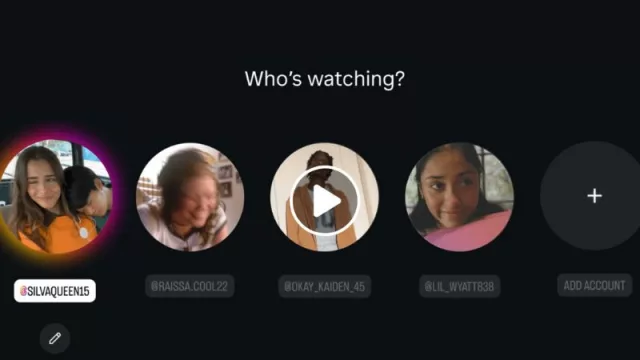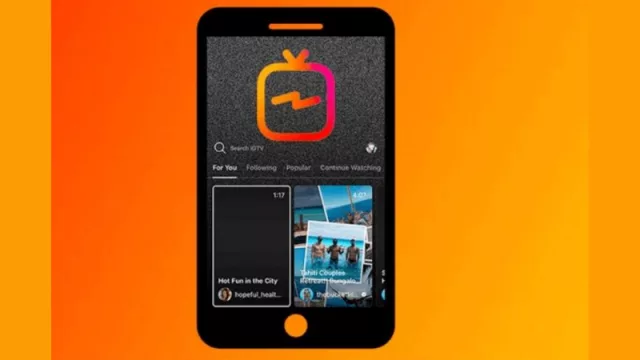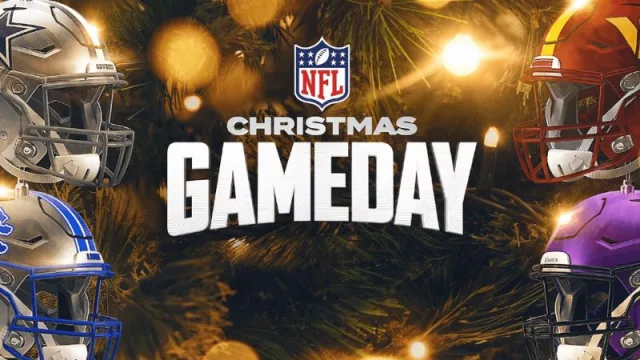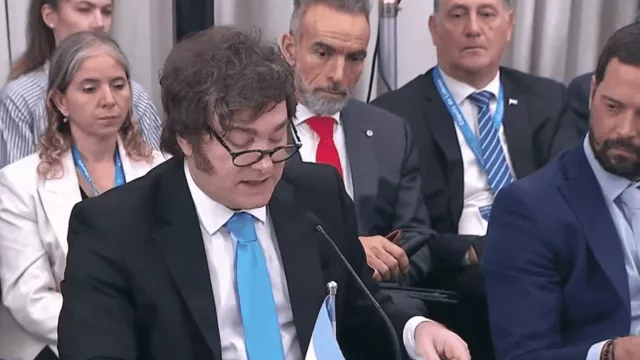"Product placement" stands as a strategic art where the seamless integration of brands into visual narratives becomes a powerful tool for emotional connection with the audience.
In a world saturated with information, these brands have shown that the key is not just to be seen but to be remembered. Let the "product placement" game begin in the viewer's mind!
Apple: The Monarch of "Product Placement"
Micro-Summary: Apple not only manufactures iconic products but also dominates the big screen with strategic "cameos" in movies and series.
Technical Details: The omnipresence of Apple in cinema and television is undeniable. According to a recent report by Merchant Machine, the apple brand has achieved an impressive 1,884 appearances in films, positioning itself as the undisputed queen of cinematic "product placement."
Neurolanguage: Apple's strategy relies on an unabashed integration of its products into plots, unafraid to display its iconic logo. This bold approach has contributed to the brand becoming the most visible and memorable on the screen.
Coca-Cola, Nike, and Sony: The Real Competition
Micro-Summary: Coca-Cola, Nike, and Sony closely follow Apple, demonstrating fierce competition for attention on the screen.
Technical Details: Coca-Cola takes second place with 1,026 placements, followed by Nike (912) and Sony (870). These brands not only offer products but have perfected the art of integrating their visual identities into the narrative fabric of movies and series.
Neurolanguage: The competition for visibility in "product placement" drives these brands to be creative in how they insert themselves into narratives, seeking an emotional connection with the audience.
The Power of Products: MacBooks, iPhones, and Sneakers
Micro-Summary: Some specific products stand out as true protagonists in "product placement."
Technical Details: The most notable products in cinema are Apple's MacBook (867), the iPhone (623), Nike sneakers (507), and Budweiser beers (408). Each of these elements is not just an object on the screen but an extension of the story.
Neurolanguage: The presence of these products becomes a visual and sensory experience, activating the viewer's memory and emotions uniquely.
Screens that Dazzle with "Product Placement"
Micro-Summary: Some movies and series stand out for their density of "product placement," becoming leaders in advertising subtlety.
Technical Details: Films like Talladega Nights: The Ballad of Ricky Bobby (8.24 brands every 10 minutes) and Ocean’s 8 (6.85 brands every 10 minutes) lead in advertising integration. On television, Apple maintains its reign with 5,771 appearances.
Neurolanguage: These productions not only entertain but also create an immersive advertising experience, leaving a lasting impression on the viewer's mind.
The Future of "Product Placement"
Micro-Summary: Brands like Apple and Coca-Cola set their own rules when integrating into series and movies.
Technical Details: Companies like Apple have clear guidelines, such as preventing villains in cinema and television from using their products, demonstrating that "product placement" is not only strategic but also carefully managed.
Neurolanguage: Brand perception solidifies by associating only with certain positive aspects, creating a subconscious connection that lasts beyond the screen.
Stranger Things is a clear example of the power of branded content within a naturally placed script.
Key Tips:
What always happens, and you haven't noticed for years, in 2024 hire a strategist to define your brand and strategy plan. Then generate cross-media and phygital branding actions, hire a comprehensive Head of Culture agency, and then run campaigns with content placements in content.
In other words, place your products in ludic games, in your neighborhood square, in your city's club, in the local TV program, on a radio program for your target, in the natural lives of many influencers (don't use one, use many, and script and produce the "natural" placement of content in their lives. If it's noticeable and is a "spot," it only benefits the influencer; if many influencers use your product or service and show it naturally, it benefits you - the brand).












Tu opinión enriquece este artículo: